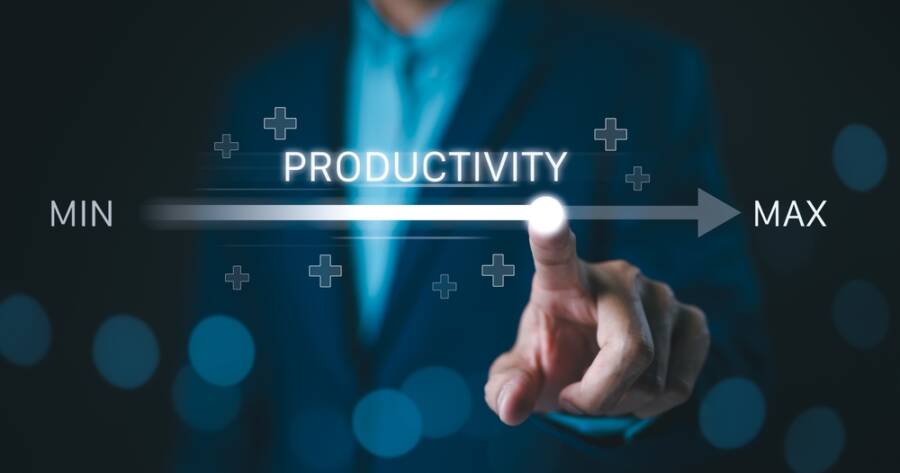Everyone wants to get more done, but most productivity advice feels repetitive or unrealistic. The truth is, productivity isn’t about cramming more tasks into your day—it’s about managing your time, focus, and energy wisely. That’s where proven frameworks come in. Proven systems, tested by professionals, entrepreneurs, and researchers alike, help turn good intentions into consistent results. Understand key productivity frameworks that actually work—and why they continue to help people stay organized and accomplish what matters most.
1. The Eisenhower Matrix: Decide What Really Deserves Your Time
Named after former U.S. President Dwight D. Eisenhower, this framework is based on a simple idea: not everything urgent is important. The Eisenhower Matrix divides tasks into four quadrants—urgent and important, important but not urgent, urgent but not important, and neither.
Here’s why it works: it forces you to prioritize based on long-term impact, not short-term panic. Many people waste energy reacting to what’s loudest instead of focusing on what moves them forward. By using the matrix, you learn to delegate or drop low-value tasks and make deliberate choices about how to spend your attention.
Over time, this framework helps reduce decision fatigue and keeps your schedule aligned with your actual priorities. The result is more focus on meaningful work—and less stress over minor details.
2. Getting Things Done (GTD): Capture Everything, Then Clarify
Created by productivity expert David Allen, the “Getting Things Done” method—often shortened to GTD—emphasizes mental clarity through organization. The core principle is simple: your brain is for having ideas, not holding them.
With GTD, you capture every task, idea, and commitment in an external system—like a notebook or app—so nothing lingers in your mind. Then, you process each item: decide what it means, what action it requires, and when to do it. Tasks that take less than two minutes? Do them immediately. Bigger projects are broken down into actionable steps.
This framework works because it reduces mental clutter and anxiety. When you trust your system, you stop worrying about what you might be forgetting. It’s especially powerful for people juggling multiple projects or roles who need a clear, consistent workflow.
3. The Pomodoro Technique: Focus in Short Bursts
Developed by Francesco Cirillo in the 1980s, the Pomodoro Technique remains one of the most popular time-management systems in the world. It breaks your work into short, focused intervals—usually 25 minutes—called “Pomodoros,” separated by brief breaks. After four sessions, you take a longer rest.
The strength of this method lies in its simplicity. It combats procrastination by lowering the barrier to starting—after all, anyone can focus for 25 minutes. It also prevents burnout by balancing intense focus with regular rest, which helps your brain reset and maintain productivity throughout the day.
The Pomodoro Technique is ideal for people who struggle with distractions or find themselves overwhelmed by big projects. Those frequent check-ins help you stay aware of how you’re spending time and build momentum without feeling drained.
4. OKRs (Objectives and Key Results): Aligning Big Goals With Measurable Outcomes
Originally developed at Intel and later popularized by Google, OKRs are now used by companies and individuals alike to link ambition with accountability. The framework has two parts: an objective (a clear, inspiring goal) and key results (specific, measurable outcomes that prove progress).
For example, an objective might be “Improve customer satisfaction,” while key results could include “Increase survey scores by 10%” or “Reduce response time by half.” OKRs encourage you to stretch your goals but keep them measurable.
The reason this method works is its built-in structure. It connects big-picture vision with daily execution, ensuring your time and effort contribute to something meaningful. Whether you’re part of a team or working solo, OKRs provide clarity and focus—two essentials for long-term success.
5. The 1-3-5 Rule: A Simple Formula for Daily Focus
The 1-3-5 rule helps keep daily to-do lists realistic and balanced. Each day, you commit to one major task, three medium tasks, and five small ones. This structure limits how much you try to accomplish and encourages prioritization.
Why it works is simple: it creates achievable boundaries. Instead of endless lists that leave you feeling behind, this rule gives you a sense of control. You’re less likely to multitask and more likely to finish what truly matters.
It’s a flexible approach that suits both personal and professional goals. You can adjust the size of your “big” task depending on your schedule, but the principle remains the same—choose fewer things, do them better, and end the day with a sense of completion.
Finding the Right Framework for You
There’s no one-size-fits-all system for productivity. The best framework is the one that matches how you think and work. Some people thrive on structure and find GTD liberating, while others prefer the simplicity of the 1-3-5 rule. You might even combine methods—using the Eisenhower Matrix to prioritize your tasks and the Pomodoro Technique to stay focused while doing them.
The key is consistency. Whichever system you adopt, give it time to become a habit. Productivity isn’t about discipline alone—it’s about designing an environment and workflow that make good decisions automatic.
Working Smarter, Not Harder
The most effective productivity frameworks share one core idea: clarity leads to progress. Whether you’re organizing tasks with GTD, setting measurable goals with OKRs, or pacing your focus with the Pomodoro Technique, each method helps you make deliberate choices about how to use your time.
The real secret isn’t working harder—it’s aligning your actions with what matters most. When you do that, productivity becomes less about hustle and more about purpose—and the results take care of themselves.

